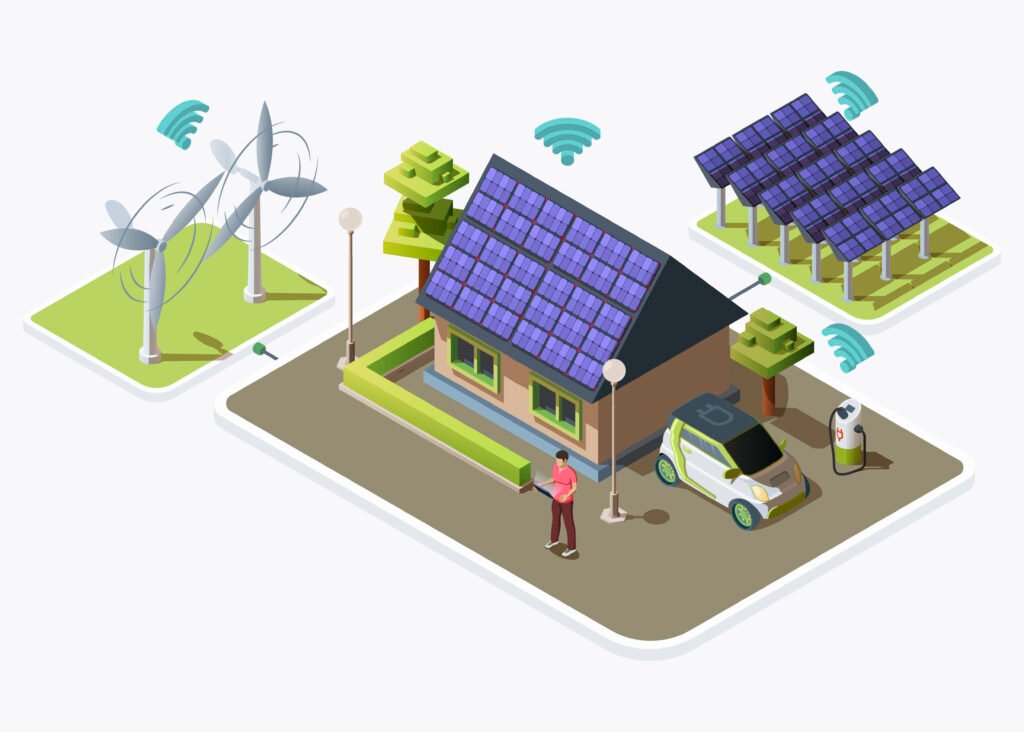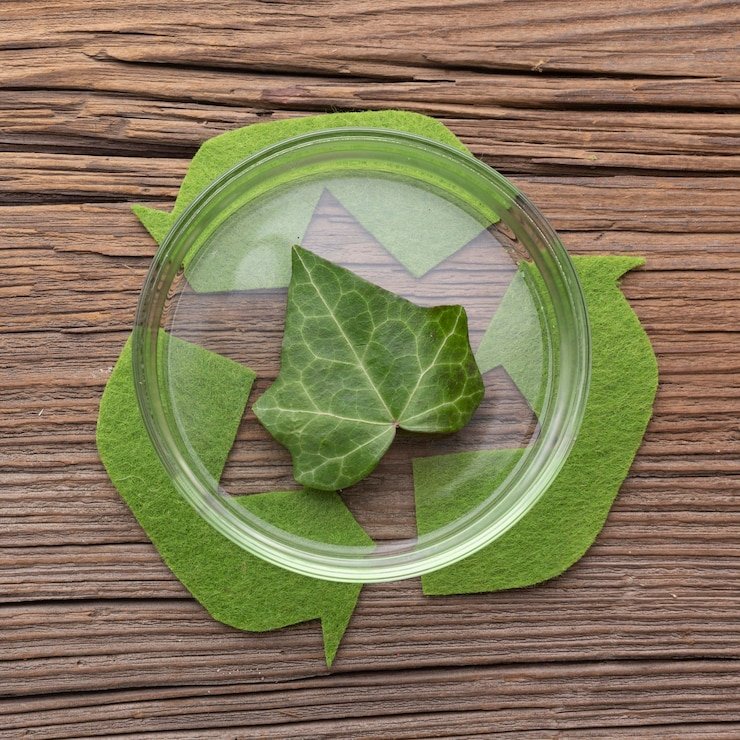The Nickel Recycling Business is Shaped by its Applications
Nickel’s recycling pathways are strongly shaped by the end-use sector, since each application has distinct alloy compositions, purity requirements, and closed-loop systems.
Stainless Steel – the Lead Recycling Flow
Approximately 70% of all nickel produced is consumed in stainless steel production. It follows logically that the majority of recycled nickel originates from end-of-life stainless steel applications. However, stainless steel typically contains relatively low amounts of nickel (max. 8–12% in SS304). As a result, recycled stainless scrap can only be reused in stainless steel production. The recycling loop here is high volume but low flexibility, locking most nickel into the stainless cycle.
Superalloys and Speciality Alloys – Smaller use but Higher Nickel content
Nickel-based high-performance superalloys consume a smaller share of the total nickel supply (5–6% of global nickel use), but they are far richer in nickel content (35–75% Ni). These alloys are critical in aerospace, power generation, and oil & gas applications due to their mechanical strength, corrosion and temperature resistance. Because of their value and criticality, these industries maintain tight control of scrap through closed-loop recycling systems, ensuring alloy scrap is remelted back into new superalloys. The same is true for many other speciality nickel alloys where composition-sensitive applications demand dedicated recovery.
Batteries – A Growing but Challenging Segment
The largest growth area for nickel is expected to be lithium-ion batteries, particularly nickel-rich cathode chemistries (NMC, NCA). Global collection rates for end-of-life Li-ion batteries are currently 50–60%, but the recycling loop is weak: only about 5% of nickel from EoL batteries is returned to the battery supply chain. The remainder is typically downgraded into stainless steel or general alloy production.
The main barrier to recycling is purity. Battery-grade nickel requires >99.8% purity, but recycled battery cathodes are often contaminated with cobalt, manganese, copper, and residual electrolytes. Refining this nickel is technically possible but economically costly and not yet scaled.
Post-2030 Wave of EV EoL Batteries
Large-scale volumes of EV batteries are only now beginning to reach end-of-life. The first significant wave of end-of-life packs will arrive post-2030, creating a swell in recycling feedstock. This will intensify the industry’s focus on both design-for-recycling in batteries and improved recycling processes capable of producing high-purity nickel streams.
Batteries represent a great potential for circularity — but only if technology, policy, and economics converge to make high-purity, closed-loop nickel recycling viable at scale.



